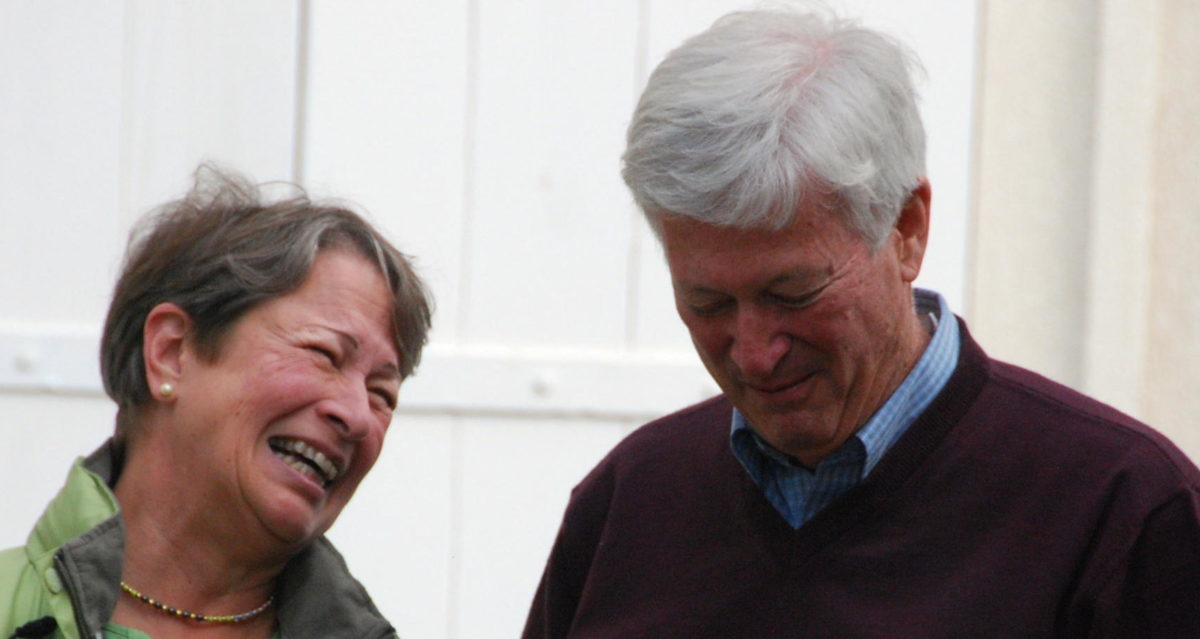In the Spring of 2002, we came to Portugal with the Baltimore Wine & Food Society. We have fond memories of that trip and of the friends with whom we traveled. We are revisiting a few of the places that were part of that trip and adding a couple more.
Our first stop was PORTO, home of the famous Port wine. I never before appreciated the topography of this city. On the banks of the Duoro River, it rises steeply from the water on both banks (although the other side is technically not Porto, but Gaia). Several of the highest bridges I’ve ever seen link the two sides.
The old city, Ribeira-the riverfront up to the Cathedral – is a UNESCO World Heritage site, which requires facades to be preserved. This keeps the character of the city even though it presents something of a financial burden to those who are redeveloping the lovely old buildings.
The riverfront is colorful and lively,

lined with cafes from which you can watch the busy river traffic…mostly tourist boats like the one we took for an hour-long tour of the 6 closest bridges. The boats that used to carry barrels of Port from the vineyards to the facilities in Gaia where they are aged have long ago been replaced by trucks…

The São Bento railway station in Porto is a showpiece of handprinted tiles. The blue and white scenes on the lower walls depict important historical events, while the colored tiles above trace the development of transportation up to the time of the railroad.

We had a wonderful tour and tasting at Taylor Fladgate where we learned more about Port, and enjoyed trying several varieties.
The view of the Ponte Dom Luis I from the funicular on our last night was spectacular!

Next stop was COIMBRA, the home of Portugal’s largest University, set high on the hill above the river.

The University students all seem to be musicians (even though music education is not offered), no matter their course of study. We encountered a group of Pharmacy students (you can tell by the purple ribbons they are sporting) entertaining on the street, with their characteristic black cape spread out to receive donations.

The Law School, with its beautiful Library (no photos allowed) and chapel is housed in the former Palace.

We drove out of town to the Buçaco Forest, a 250-acre tract planted with over 700 species of trees, many of which are exotic. It was begun by monks in the 16th century and preserved after that by the kings and then the local government. We reflected that this would be a most enjoyable place to explore on foot in warmer weather…

November 29 gave us a lovely sunset

followed by a celebratory dinner for our 15th anniversary (I forgot to take a picture of this cake provided by the restaurant until after I’d tasted it!).

The churches we’ve encountered in Portugal are different than in other countries. Many were built to double as fortresses, so there is little stained glass; the main altars are heavily gilded and look like wedding cakes, meant to represent ‘a stairway to heaven.’ But the best parts are the walls covered in hand-painted tiles.

From Coimbra, we drove south, bypassing Lisbon (for now) to the Algarve, on the southern coast of Portugal. We are staying in FARO, which we chose because we thought it would be a good base for exploring the region. We arrived on a Thursday, only to find that Friday was a bank holiday. They take these holidays seriously here…so nothing was open, including churches! But we did walk around the old town.

Faro’s sidewalks are one of its most notable features. Each street in the pedestrian area of downtown sports a different pattern.

There are a number of beachy tourist spots along the coast that seem to cater to British visitors…telltale signs are “English Breakfast” and lots of loud conversations in the cafés. We visited ALBUFEIRA and LAGOS. The white-washed buildings rising up the cliffs reminded us of Greece.

We met an old salt on the beach and admired his sand sculpture

before taking the escalator(!) to the upper town in Albufeira.
The marina in Lagos in the afternoon light was pretty.
We explored as much of the coast as we could, and what a dramatic coastline!

We learned that Henry the Navigator founded a school of navigation in SAGRES in the 15th century to train Portuguese sailors who went on to ‘discover’ (and colonize) much of Africa, Asia and the Americas.

Here we visited a fort built in the 16th century. Walking out to the headland on which it is situated provided great views of the coast where we saw fishermen with long poles and longer lines fishing from atop the cliffs.

A 6km drive further, in Cabo de São Vicente, is a lighthouse that sits on the southwestern promontory in the North Atlantic and guides ships with its powerful beam that has a range of 95 kilometers!

Stay tuned for more from Lisbon and Madeira before we head back to the States for Christmas.

Happy 15th Anniversary!
You two are living your dream – we are happy for you.
See you in January.
xoxo
Dear Kathy ad Ric: I so enjoy your travelogue. I have visited portions of Portugal but your Photos and descriptions make me want to return and explore in depth.
Enjoy and safe travels home. Warm Good Wishes for Happy Holidays. Nancy
It has been about 25 years since we had visited Portugal (mostly Lisbon) and loved it on so many levels. Had the best guide ever of all the trips that we have ever taken. If you bump into a guide named Pinto, (that’s how we met him) give him our best regards. GREAT BLOG. THANKS.
Loved seeing and reading this. Belated Happy Anniversary!!